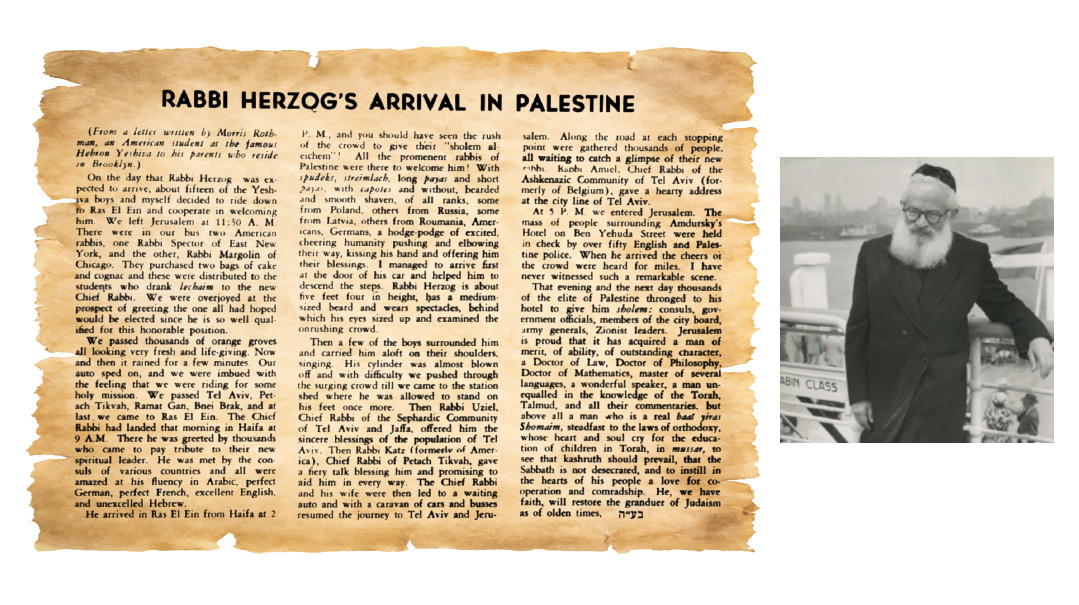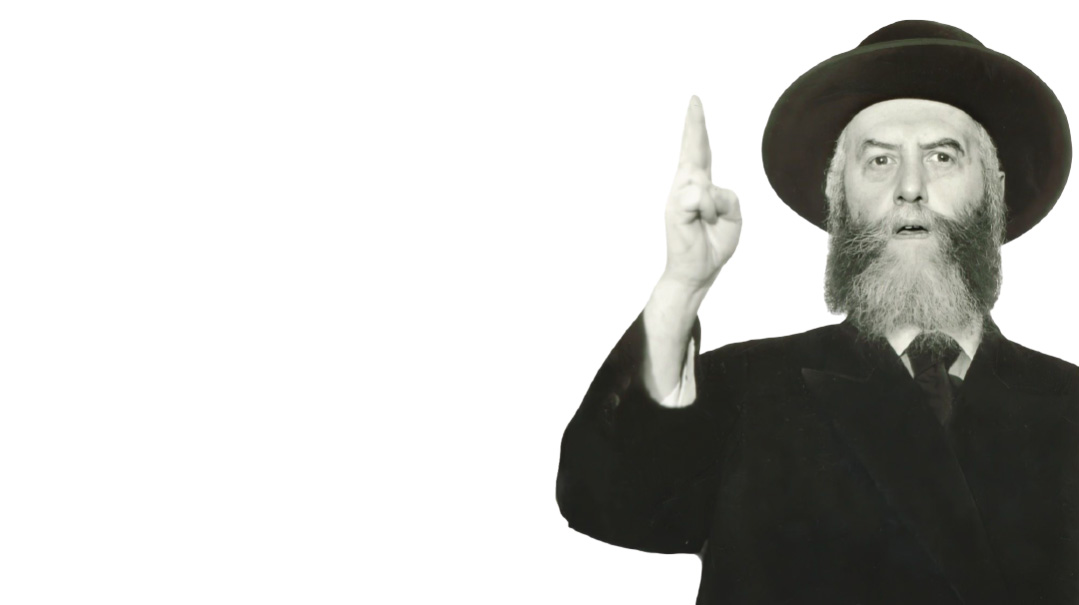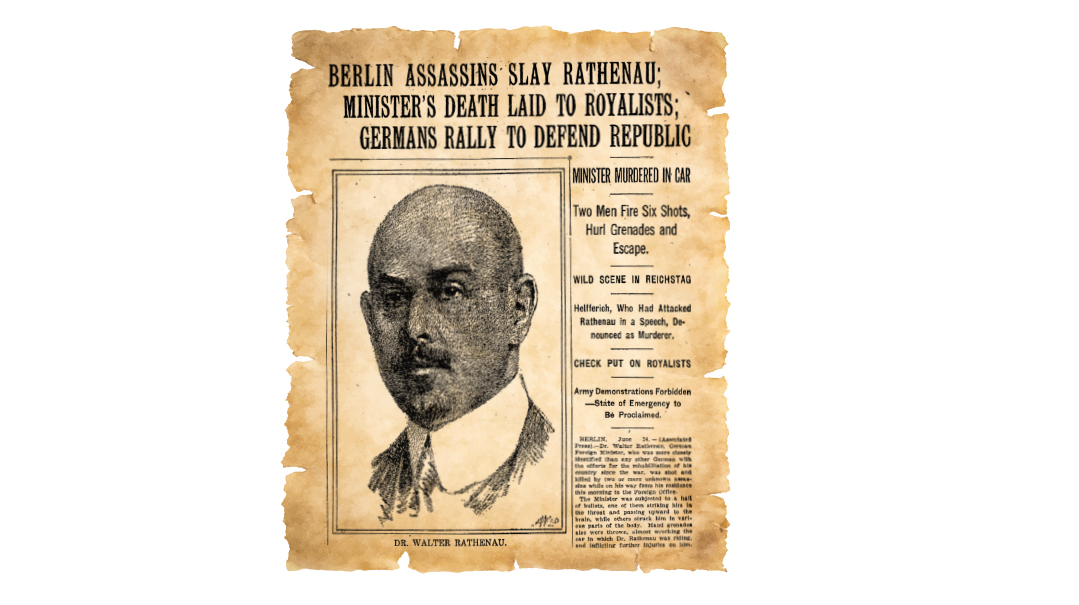Chacham of Germany
| May 14, 2024Chacham Bernays’s efforts in education targeted both the youth and adults of Hamburg. Balancing a fine line between the older traditionalists and the reformers

Title: Chacham of Germany
Location: Hamburg, Germany
Document: The Jewish Chronicle
Time: May 1849
He was the greatest shining light of Jewish thought of his time, and were he alive today, the same would still be true.
—Rav Samson Raphael Hirsch describing his rebbi, Chacham Isaac Bernays
Chacham Isaac Bernays (1792–1849) was the right man at the right time for German Orthodox Jewry. Endowed with a brilliant mind and exceptional speaking skills, he was uniquely positioned to fend off advances by the Reform movement at a tumultuous moment in the history of Ashkenaz.
Born in Mainz, Isaac Bernays studied in the Wurzburg yeshivah of Rav Avraham Bing (1752–1841), from whom he received semichah. He also studied in the University of Wurzburg, and it was in both places that he cemented a lifelong friendship with his contemporary in the German rabbinate, Rav Yaakov Ettlinger (1798–1871) the author of Aruch Laner. Following short stints in Munich and his hometown of Mainz, Chacham Bernays was appointed to the chief rabbinate of Hamburg in 1821, where he’d remain for the rest of his life.
The Hamburg Jewish community was one of the largest in Germany, and had been buffeted by currents of assimilation for some time. The rift within the community had grown with the opening of the first Reform temple in 1818. As a sign of the times, Chacham Bernays’s rabbinical contract included stipulations restricting him from voicing opinions on civil law, and he was not permitted to admonish or punish any member or group within the community for any deviation from religious practice.
Upon assuming his position, he remarked, “Never has a rabbi been so dependent in office on a board as I shall be.”
Despite these limitations, his scholarship, charisma, and leadership skills enabled him to transcend internal divides and have a decisive impact in the realms of Torah education, strengthening of communal institutions, and curbing the influence of the Reform elements of the community.
A brilliant talmid chacham, he utilized his vast knowledge of Shas, poskim, Midrash, Kabbalah, and other areas of Torah to undermine the efforts of Reform. While traditional German rabbis delivered a scholarly shiur to the wider community twice a year, Chacham Bernays pioneered the use of the weekly sermon, appropriating the popular medium from the Reform preachers.
As one of the first Orthodox rabbis to address the congregation in German from the pulpit, Chacham Bernays drew his listeners closer to traditional observance with his oratorical skills. His background in general subjects gave him another advantage, as he was able to articulate timeless truths through new mediums of messaging, bringing clarity to a community confronting the challenges of a changing society. While he did not deviate one iota from the substance of traditional Judaism, he adopted some outer trappings of that era, such as modern rabbinical dress that resembled priestly attire, and adding a choir and enforcing general decorum during services in shul.
Chacham Bernays’s efforts in education targeted both the youth and adults of Hamburg. Balancing a fine line between the older traditionalists and the reformers, he modified the curriculum at the Hamburg Talmud Torah to add German and the general sciences as subjects. He also delivered shiurim to adults in the community, one of the more popular of which was a series on the Kuzari. Soon there were no copies of the sefer to be purchased in Hamburg, and a new printing was initiated as a result of his shiur. The Reform leadership viewed his Kuzari shiurim as a threat, and unsuccessfully attempted to get the authorities to intervene to prevent the classes from continuing.
Chacham Bernays’s brilliant leadership skills saved Hamburg from the fate of the overwhelming majority of German kehillos in the 19th century. Although the first Reform temple was built in Hamburg, Chacham Bernays managed to keep the kehillah structure itself largely in the hands of the Orthodox establishment. This included the Orthodox shul, school, mikveh, and social and charitable institutions. The Reform community was unable to take over the kehillah board.
Things came to a head, though, in 1841, when the Reform community requested permission from the municipal authorities to expand its temple. The city government referred the request to the heads of the kehillah. Chacham Bernays vociferously opposed it. The situation was exacerbated later that year with the publication of the Reform prayer book, which Chacham Bernays publicly denounced. He issued a proclamation prohibiting the use of the Reform prayer book within the city, and even unsuccessfully petitioned the Hamburg government to forbid its publication.
He passed away suddenly in the prime of his life in 1849.
Subconscious Influence
Chacham Isaac Bernays’s legacy included two talmidim who would have momentous impacts on 19th century German Orthodoxy. Rav Ezriel Hildesheimer and Rav Samson Raphael Hirsch both attributed their methods and their ascension to leadership roles to their tutelage under Chacham Isaac Bernays and his close colleague Rav Yaakov Ettlinger. A granddaughter of Chacham Bernays, through his son Berman, was Martha Bernays, who married Dr. Sigmund Freud. Though she grew up in an Orthodox home, she abandoned traditional observance upon her marrying the atheist Freud, but is said to have returned to tradition in her later years.
Chacham or Rabbi?
The origin of Chacham Isaac Bernays’s title is a bit unclear. His Hamburg rabbinical contract calls him the “Chacham of the Ashkenazi Kahal.” This may have been an attempt by the board to curtail his influence by not giving him the official title of “Rabbi.” Alternatively, it has been posited that this was Chacham Bernays’s preference, because he didn’t want to be associated with Reform leaders who had misappropriated the title “Rabbiner.” It’s worth noting that there was a strong Sephardic community in Hamburg from the 16th century who maintained a separate kehillah structure until the early 20th century. The use of the Sephardic title Chacham isn’t entirely out of the ordinary in this context.
The 175th yahrtzeit of Chacham Isaac Bernays is Erev Shabbos, 9 Iyar.
(Originally featured in Mishpacha, Issue 1011)
Oops! We could not locate your form.






